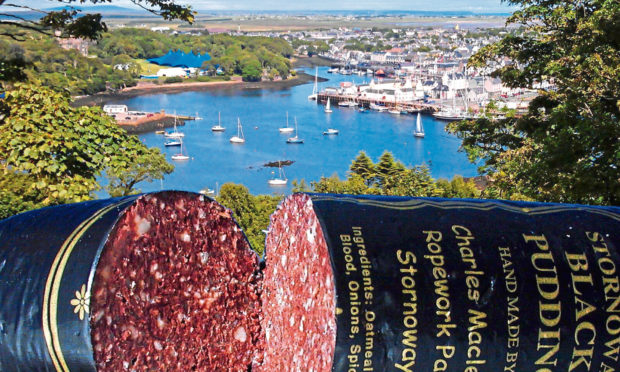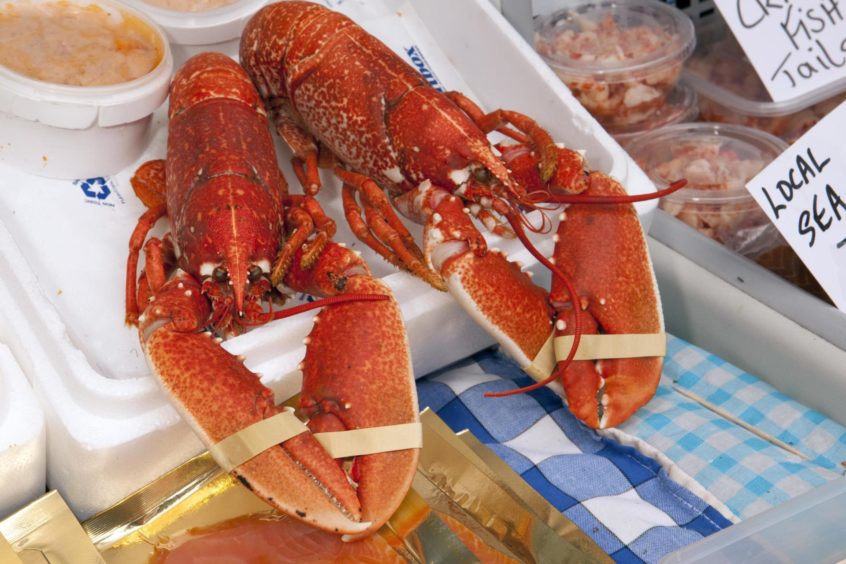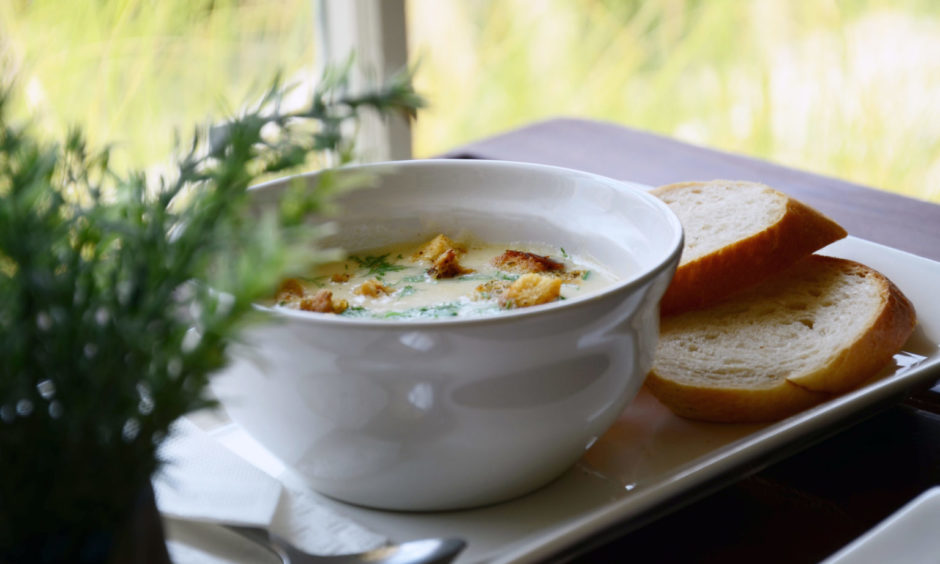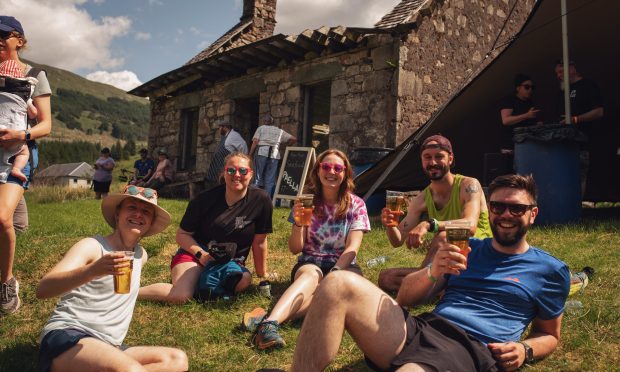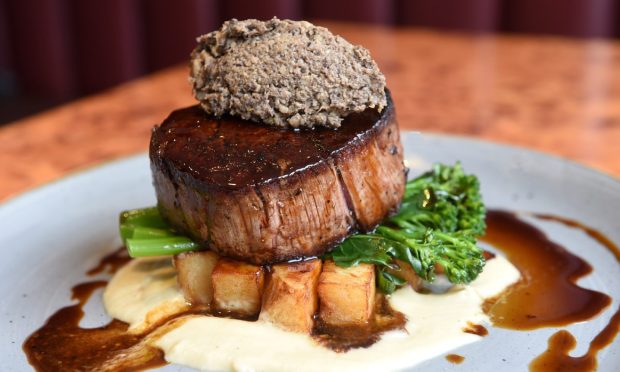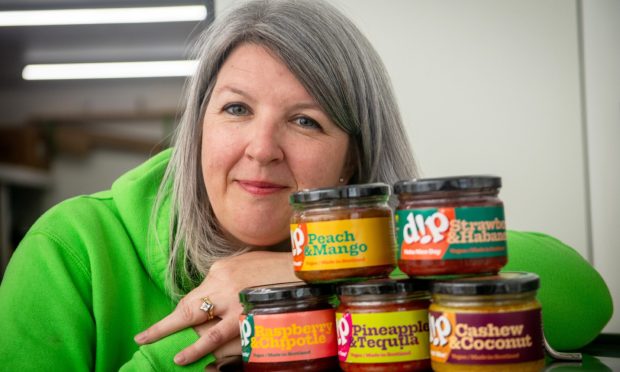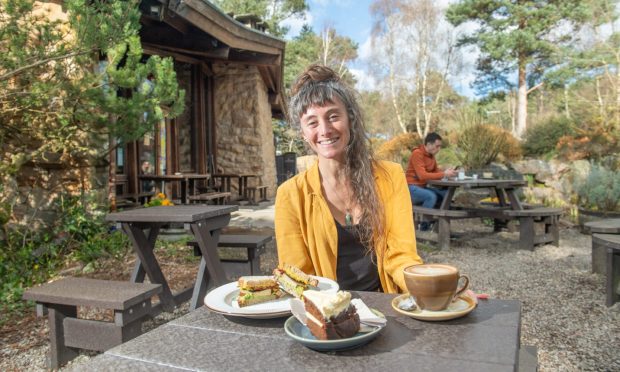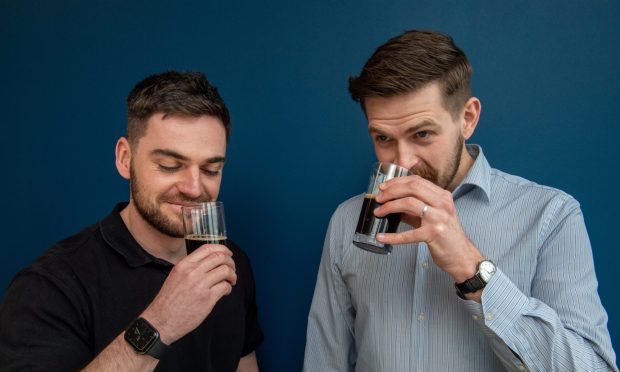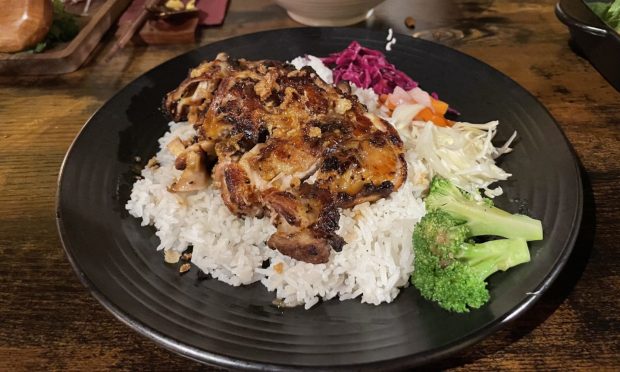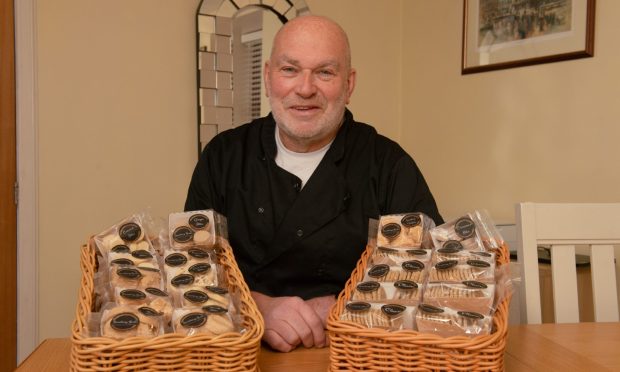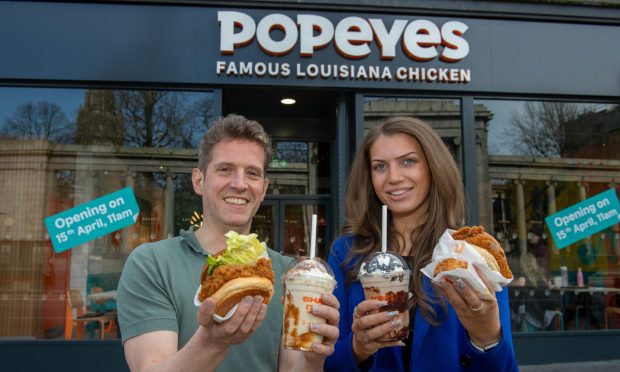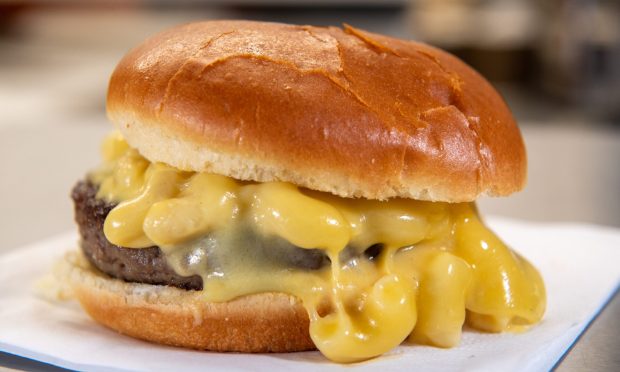When we finally emerge from the coronavirus pandemic that has gripped the world, unlocking Scotland’s food tourism potential through its food heritage could be key to aiding our financial recovery.
A national study is exploring the role heritage could play in making the country more appealing to food tourists.
And being in an area that boasts so many amazing food and drink innovators and heritage products such as Arbroath smokies, Forfar bridies, Cullen skink and Stornoway black pudding, the north and north-east of Scotland is well placed to play a massive part.
In a quest to uncover Scotland’s hidden food heritage, people across Scotland are being asked to rummage in family recipe books, dig out photos of food events, and to share recommendations of local produce for a new research project, Food Heritage Scotland.
An online survey has been launched to help identify the nation’s food and drink stories, and people across Scotland’s mainland and island communities are being asked to take part.
The goal of the research is to support tourism recovery by making it easier for tourism businesses and destinations to promote authentic food and drink heritage to potential visitors.
Food tourism has been identified as a priority in the recovery of the sector from Covid-19. The research aims to create a repository of Scotland’s food and drink stories to help tell the story of Scotland through the food and drink we grow, create and serve.
Memories
Members of the public are being asked to share their personal and family anecdotes, and people working within the industry are also being invited to take part.
The project is being led by marketing consultant Lorna Young, a specialist in food and rural tourism, and by Dr Valentina Bold, a leading expert in Scotland’s cultural heritage.
Funding for the initiative is being provided by the Connect Local Regional Food Fund, with advisory support from Scotland Food & Drink.
I’m a mushroom hunter and finding the first chanterelles of the year is always special. Teaching friends what to look for, what to avoid and how to cook and preserve them is so satisfying.
Comment from a respondent to the study
Lorna said: “At this time of year in particular so many of us draw on family traditions and recipes, to mark seasonal celebrations and to share familiar flavours with loved ones.
“So, as people reach for family recipe books, we’re hoping that they snap a quick photo and upload it to share it as part of this research.
“These glimpses into our personal food traditions and experiences are part of Scotland’s shared food heritage, and making those food and drink stories more visible and more accessible is what this project is all about.”
Respondents have already been sharing some of their fantastic food stories and memories and there is still plenty of time to share yours.
This year we grew tomatoes by planting the seeds from the middle of a tomato, they were still going in strong in November in our sun porch in Angus!
Study respondent
Year of Scotland’s Stories
So, why has collecting people’s stories been recognised as key to the study?
Lorna continued: “We want to gather Scotland’s food and drink heritage for two reasons. First of all, we recognise that food tourism is a very important market for Scotland and identifying food tourism growth opportunities will help businesses and communities recover from the impact of Covid and lockdown.
“Secondly, we would like to see food and drink represented in the Year of Scotland’s Stories 2022 celebrations, so this survey is an important first step in gathering a very authentic repository of information to help inform this.”
I went salmon poaching over 50 years ago with my uncle. I’m very proud of the fact that we only took two. One beauty for us and the other for the bailiff. A very proud midnight catch!
Study respondent
Dr Bold, a consultant in Scottish cultural heritage, said people throughout Scotland can provide the missing information, archives and records simply cannot provide.
She said: “Scotland has many rich food heritage resources in manuscript and printed form – from the handwritten receipt books of the past and the present, to the cookery books our well-known chefs produce. Online archives from the National Library of Scotland and the Tobar an Dualchas, are great resources for exploring food heritage too.
During lockdown I’ve been learning how to make bread properly, and now I make bread for my neighbours. It took me a while but I had plenty of time, and I tried and tested many different techniques before arriving at the one that gives me most success. Since then I’ve branched out into bringing back foodstuffs that you can’t find in the shops.
Study respondent
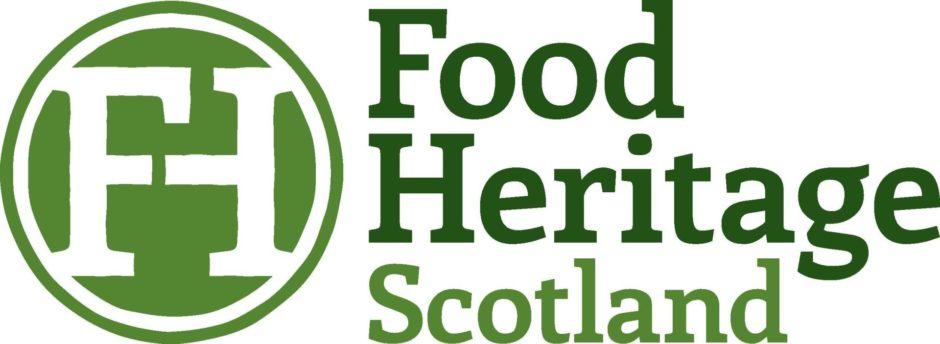
Special occasions
“What we want to do now is to fill the gaps with contemporary knowledge of what is so special about Scottish food.
“We want to understand the varieties of food we cook at home, what we eat when we go out, what food means to us every day, and on special occasions, in our modern and diverse Scotland.
“We want to be able to tell Scots at home and visitors to Scotland about our rich traditions – of eating, and also of producing food and drink here.
“I am very excited to have these conversations with Scots of long and new standing, and to take this opportunity to understand what food heritage Scotland means today.”
50 years ago, when I was little my mum started a veg patch. I remember helping lift the first crop of potatoes and being very proud when we had them for dinner!
Study respondent
Food and drink traditions
The online survey includes opportunities for people to upload photos and share anecdotes.
Lorna added: “We are particularly keen to hear about food and drink traditions that are connected to specific communities and to connect with people whose family members worked in traditional food and drink industries, perhaps in jobs that no longer exist.
“We’d also love to hear from new Scots, and from people who are reinventing traditional food heritage for contemporary consumers.”
The survey can be found at www.foodheritagescotland.com and is open till the end of January.
Survey responses will be used to inform a report and set of recommendations for the development of Scotland’s food heritage over the next three years.
Landed a Salmon with my Granda when I was 8 – on the Brora River – he had been a gamekeeper / Ghillie when he worked.
Study respondent
